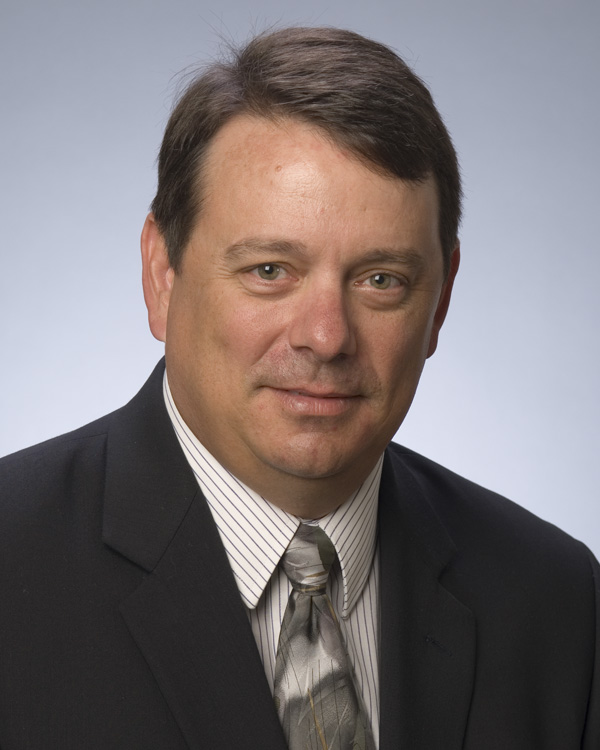
Robotics researchers in the College of Engineering at Oregon State University are working with colleagues at the University of Washington through a partnership with the Pacific Marine Energy Center to help the Navy develop new technology to expand the abilities of robotic arms mounted on remotely operated vehicles beneath the ocean surface.
The Office of Naval Research earlier this year awarded a three-year, $3.3 million grant to the University of Washington Applied Physics Lab, of which $2.2 million will go to Oregon State. Geoff Hollinger, associate professor of mechanical engineering and robotics, heads up the Oregon State team.
ROVs are “unoccupied, highly maneuverable underwater machines that can be used to explore ocean depths while being operated by someone at the water surface,” according to the website of the National Oceanic and Atmospheric Administration. Think of them as remote-controlled submarines. ROV operations eliminate human presence underwater and are thus safer and easier to conduct than operations employing divers or occupied submersibles.
Initially developed for industrial tasks like pipeline inspection, ROVs have been adapted for a variety of other tasks, many of them scientific and educational. A typical ROV is equipped with cameras and lights at minimum, but they often come loaded with additional instruments, such as probes or robotic arms. ROVs can be as small as a toaster oven or as large as a truck. Whatever their size, they’re controlled remotely by an operator in a surface vessel with a joystick, similar to a video game controller.
“Our project focuses on moving the role of the operator from one of low-level control to that of providing high-level, explainable goals for subsequent execution by the robotic arm,” Hollinger said. “We’re doing fundamental research on algorithms for robotic control, perception, planning, and decision-support, as well as hardware design, to improve the efficiency and reliability of subsea manipulation of the robotic arm.”
The researchers, including Oregon State engineers Julie Adams, Joe Davidson, Heather Knight, Fuxin Li, and Kagan Tumer, will work with a robotic arm mounted on a test stand, with the future goal of mounting the arm on remotely operated vehicles while maintaining human-in-the-loop control authority, Hollinger said.
— Keith Hautala




 Recently named director of engineering for the
Recently named director of engineering for the